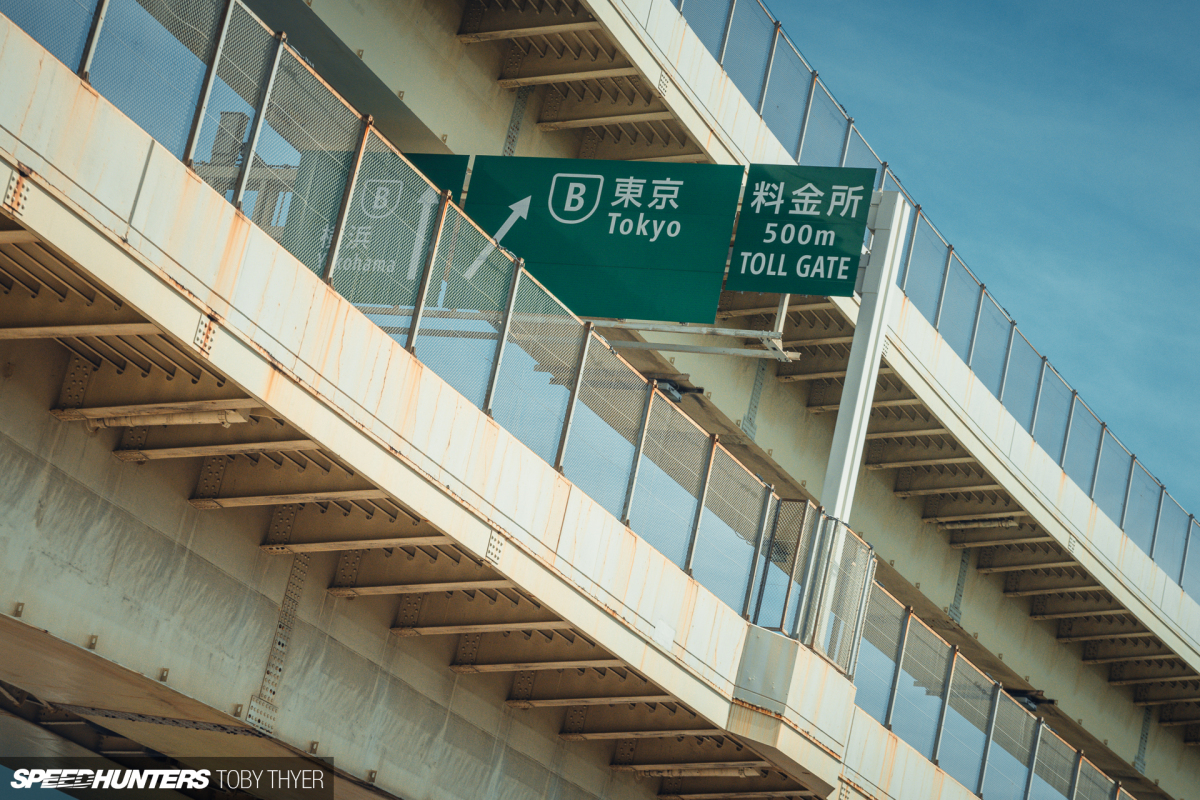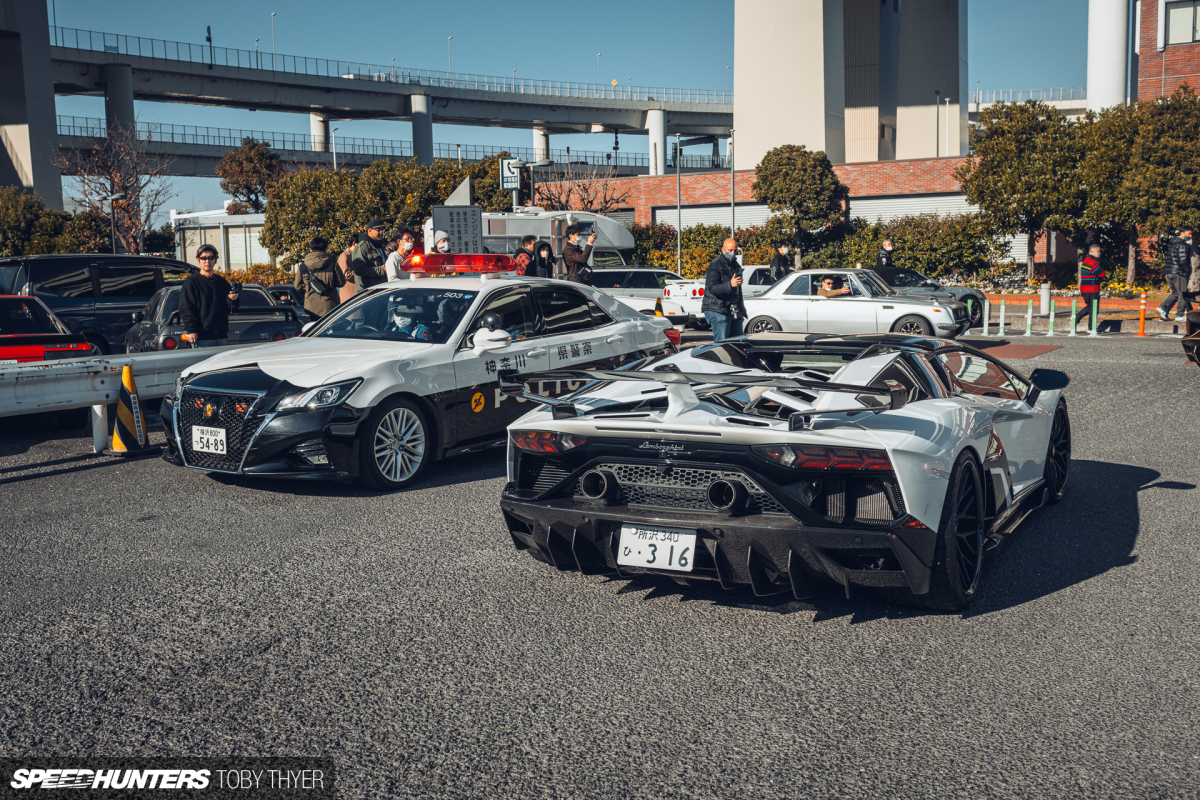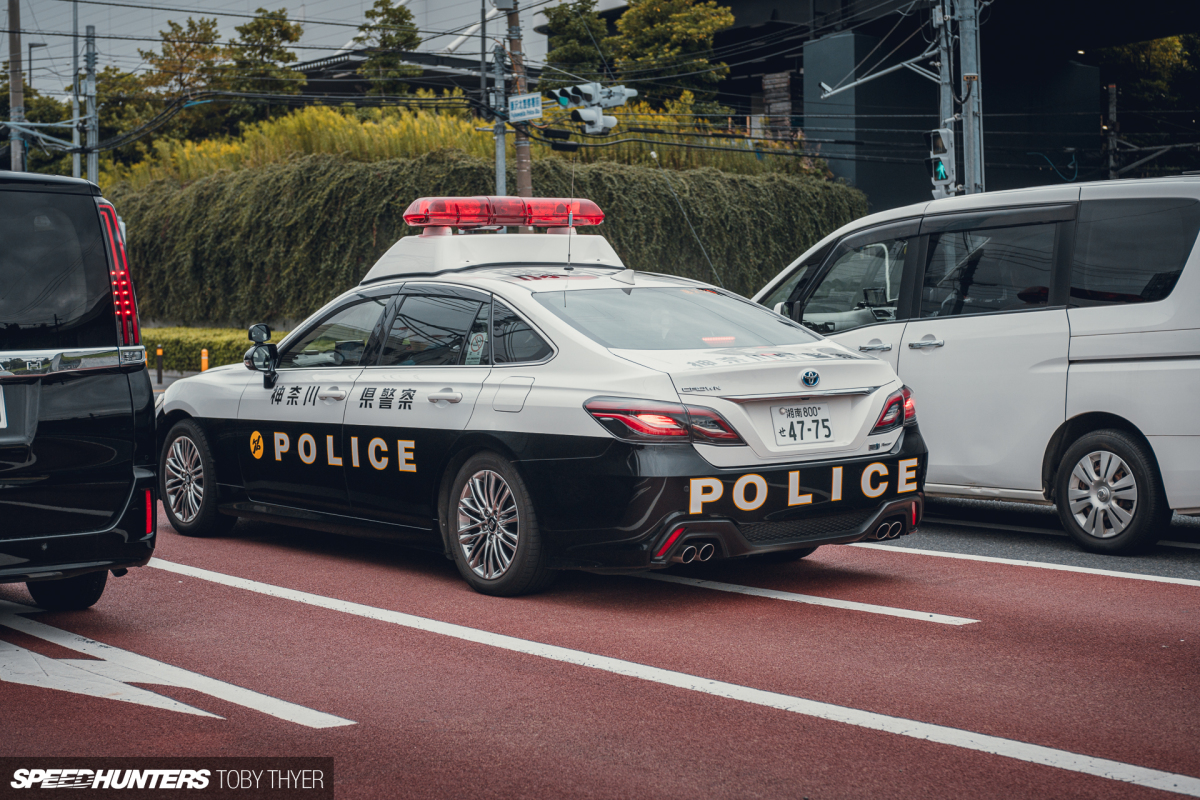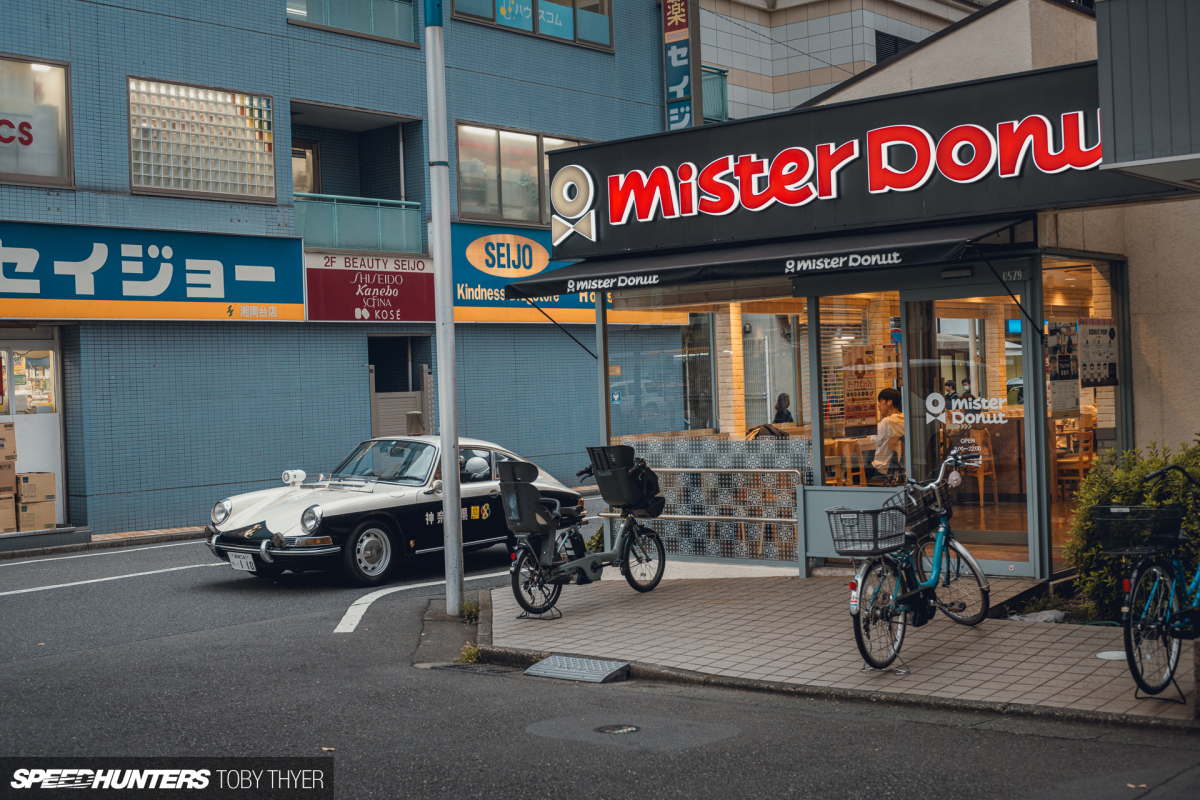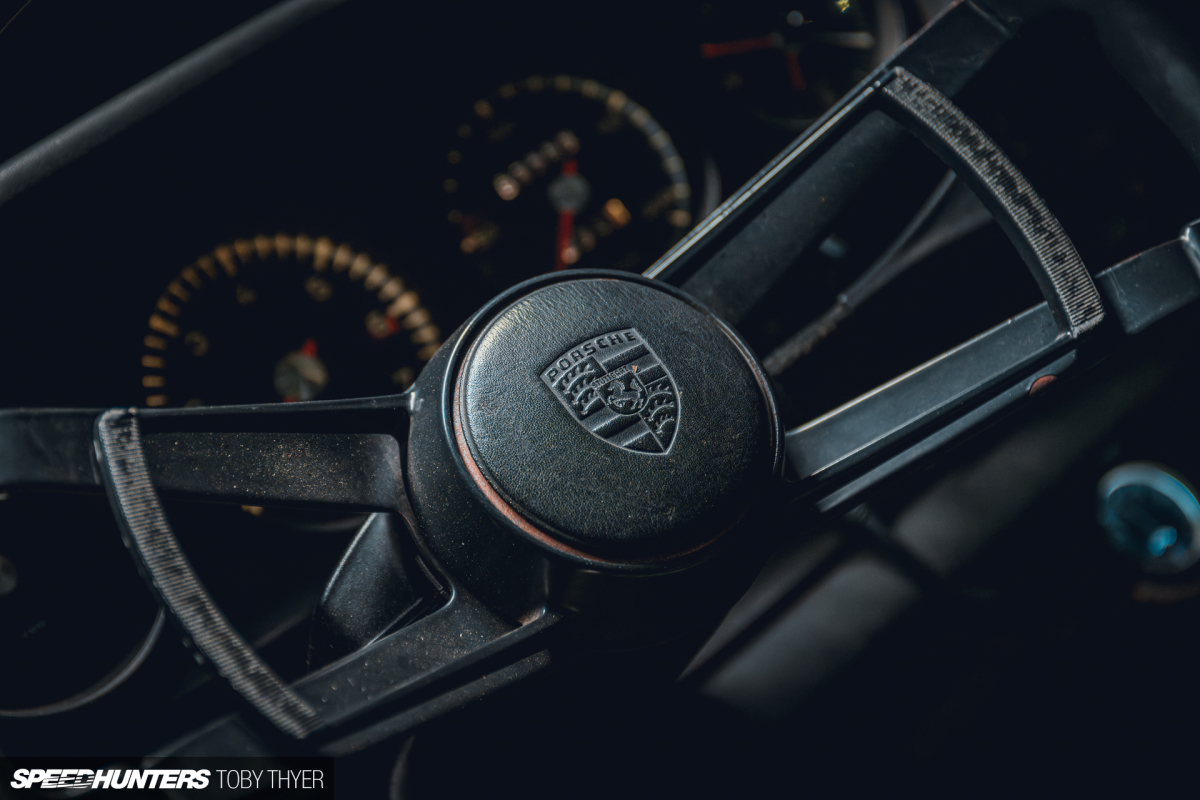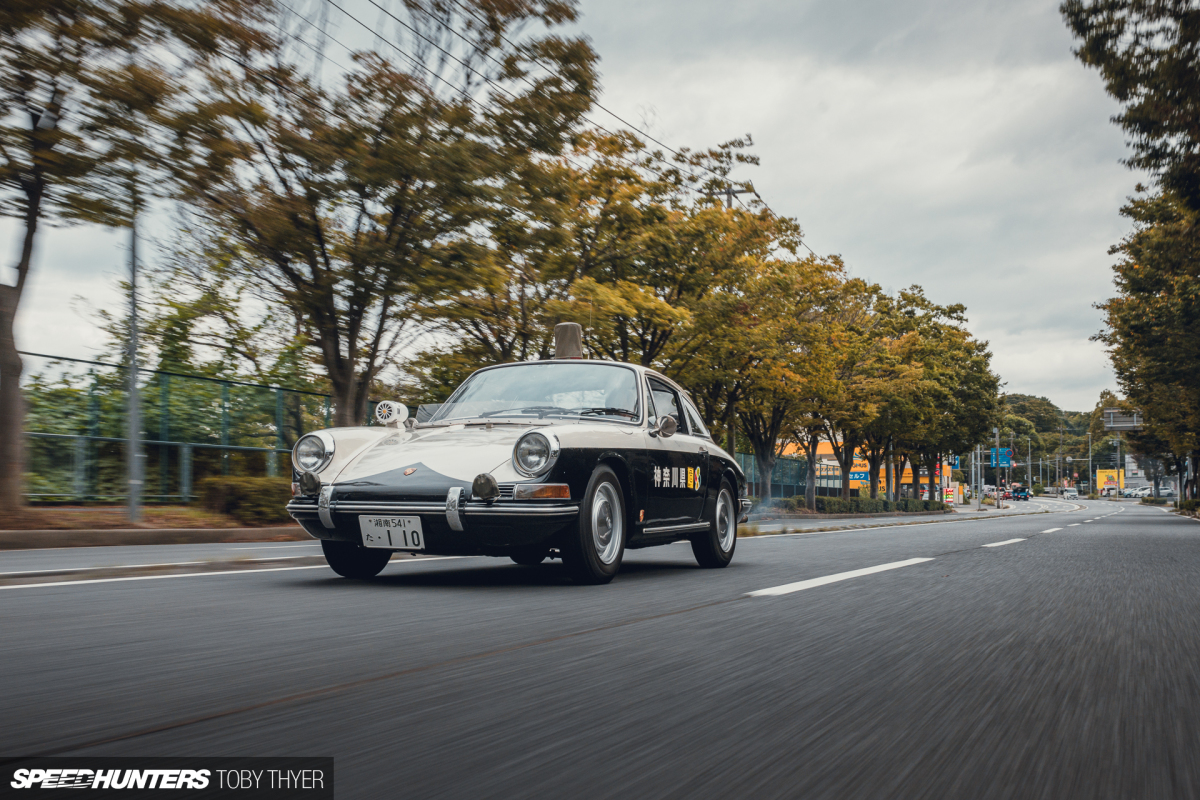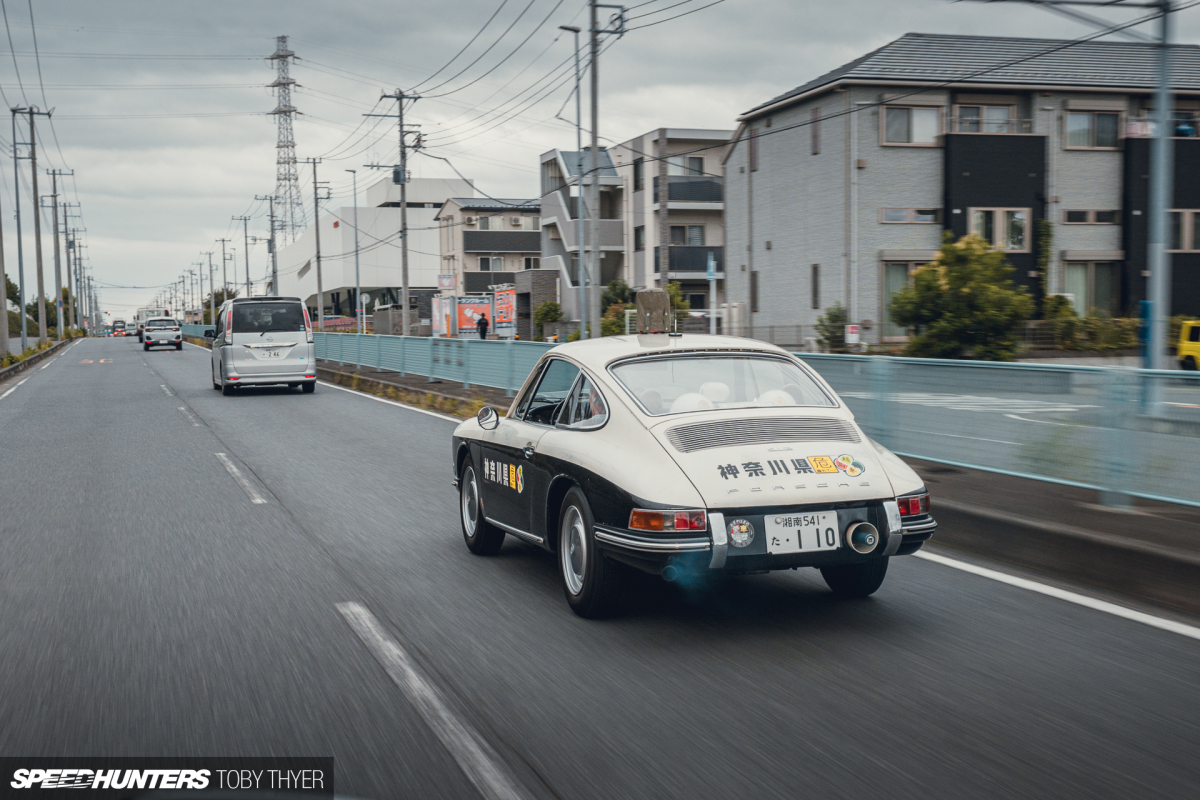Highways, freeways, highways or autobahns – whatever you call them, they all lead to adventure.
These roads connect cities, cut through landscapes and offer motorists the freedom to travel. But wherever there is a good road, there is likely to be a patrol car quietly maintaining order. Between 1968 and 1974, Japan’s highways were ruled by one of the coolest: the Porsche 912. I spoke with Takahiro-san, the owner of Japan’s last remaining Porsche patrol car, to hear his story.


But before we get to that, let’s take a moment to appreciate these roads. Freeways and expressways do more than just alleviate downtown traffic congestion; they also provide access to some of the most beautiful corners of the world. From Norway’s Atlantic Road to Italy’s Stelvio Pass, China’s Tianmen Mountain Road and France’s Combe Laval, these routes not only offer breathtaking views, they’re also incredibly landscaped.

Japan, however, presents a different challenge. With 73 percent of the country covered by mountains, you would think that long, straight stretches of highway would be a rarity. Yet Japanese civil engineering is nothing short of miraculous. Highways here seem to defy nature, cutting through valleys, tunneling through mountainsides and even digging under Tokyo Bay. They are really excellent.


But like much of Europe, Japan demands tolls to maintain this network, and it’s clear where the money goes. The roads are smooth, well maintained and for the most part free flowing – making them irresistible to motorists at all times…

In 1998, one of Japan’s most infamous drivers, Kazuhiko ‘Smoky’ Nagata from Top Secret, reached a speed of 312 km/h on the British A1 motorway before he was arrested by police. If Nagata-san had been on the German motorway, he might have broken the 200mph barrier. If any country could trust its drivers to take responsibility like Germany, it would be Japan, where the driving culture is one of caution and respect for the rules. But ultimately, the only way to be 100 percent sure that order is maintained is to enforce a speed limit. And for that you need patrol cars on the highways.

Japan’s first highway opened in 1963, connecting Nagoya and Kobe. Over the next decade, as Japan’s economy boomed and cities grew, the highway network expanded rapidly. In 1964, the first section in Tokyo connected Haneda Airport to the city center – crucial infrastructure in the run-up to the Tokyo Olympic Games. Connecting Tokyo and Nagoya, the Tomei Expressway opened in 1968 as one of the main arteries for travel in and out of the metropolis.


The rise of these high-speed roads created a new challenge for law enforcement. To patrol them, Japan turned to a vehicle with experience in traffic control on the German Autobahn: the Porsche 912.
Imported by MIZWA (like all Porsches of the time), four air-cooled 1.6L flat-four 912s were selected for use on major highways. Takahiro-san’s 912 was based on the Tomei Expressway on the west side of Tokyo and in Kanagawa Prefecture.

Why the 912, and not the more powerful 911? Simple: reliability and fuel consumption. The 912’s Type 616/36 pushrod engine, taken from the 356, offered greater range and was easier to maintain than the 911’s 2.0L six-cylinder.
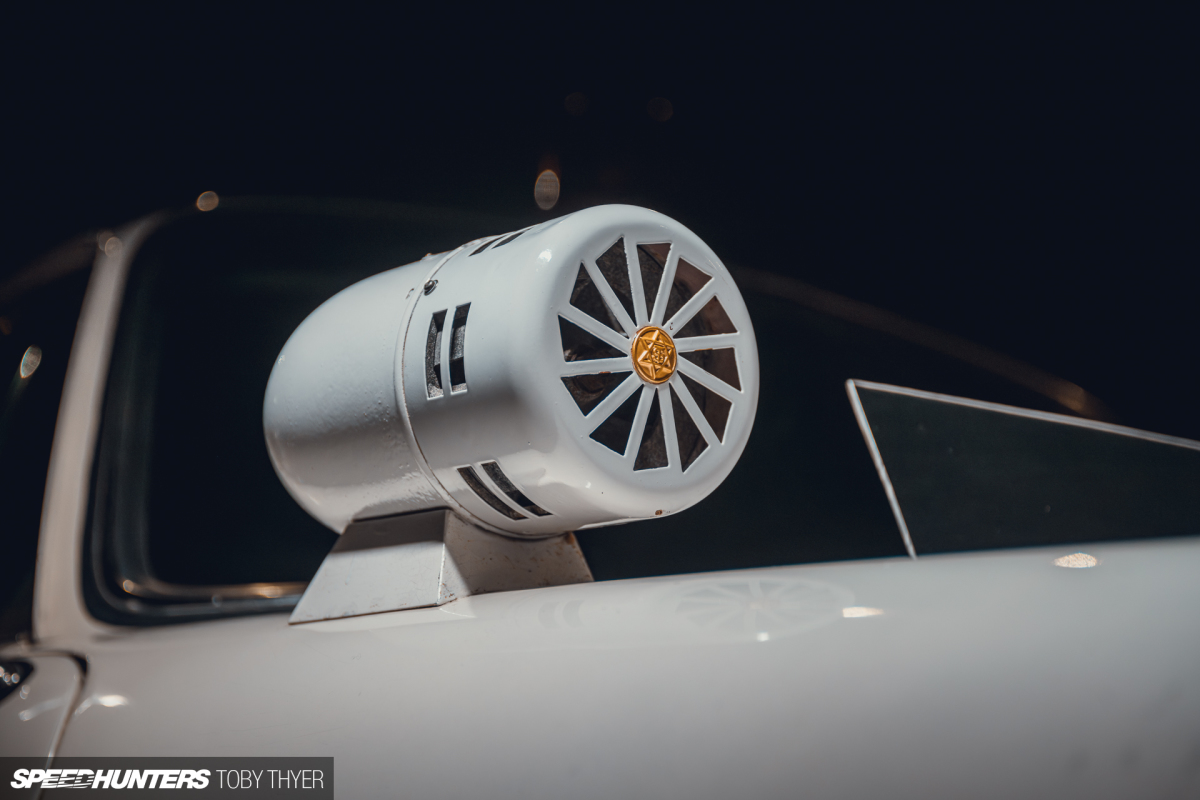
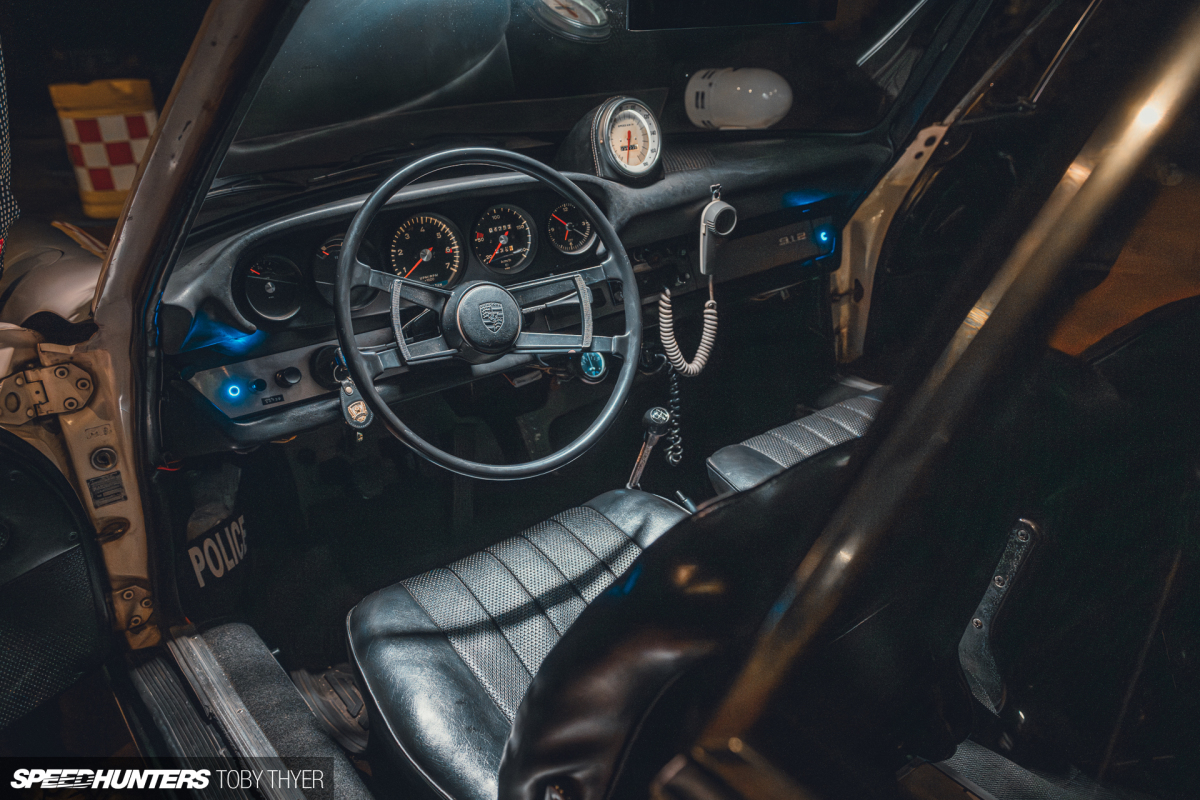
These police cars were mechanically standard, save for the additions of sirens, lights, a magnetic speed clock, a radio and a telephone.


The Kanagawa 912 had a police emblem on the nose – a move that Stuttgart was not happy with, and something that was later rectified – and so the car also wears Porsche emblems on the front fenders.

Takahiro-san’s car is the last of its kind and, as far as we know, the only one still patrolling – unofficial – the Tomei Expressway in Kanagawa Prefecture. In his six years of actual service, he racked up 95,943 miles and made an impressive high-speed arrest, catching a suspect traveling at 110 mph.


But in the early 1970s, the 912 was running out of time. Parts were in short supply, as were technicians to assemble them, and cars that had to catch them were getting faster and faster. Then, in 1973, as the final nail in the 912’s coffin, the global oil crisis took its toll. So in 1974, the Japanese police upgraded its fleet with domestic models, including the first generation Nissan Silvia, Cedric and even the Fairlady 240ZG, along with the Mazda Cosmo and Luce.

Rather than being scrapped, the decommissioned 912s were sent to various police stations to be displayed for public admiration. For the next 25 years, schoolchildren visited them on field trips, marveling at their once heroic status. But ultimately, budget cuts made its demolition more affordable. But Takahiro-san had no intention of letting the history of Japan’s 912 patrol cars fade away.

After six months of negotiating with a scrap yard, he managed to save one of the 912s. Unable to register the car in Japan, Takahiro-san shipped it to the United States, had it registered there, and then sent it back to Japan where he could legally re-register it. Today it is a living piece of history: the last surviving Porsche 912 police car in Japan, once tasked with maintaining order on the nation’s highways.
Toby Thier
Instagram _tobinsta_
tobythyer.co.uk


